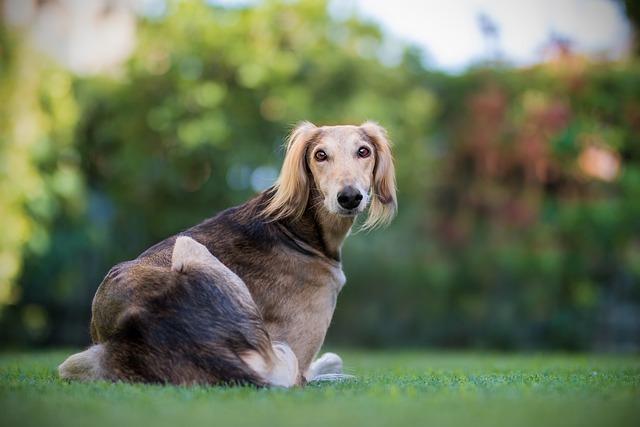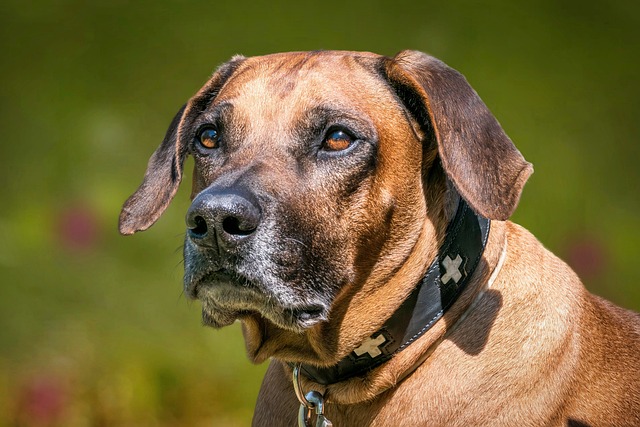
can dental chews make dogs sick
You’ve just unwrapped a dental chew for your Labrador, Max, after his walk in Central Park. As he happily gnaws away, you wonder
That frantic scratching keeping you up at 3 AM? Skin issues plague over 25% of dogs – but most are preventable with proactive care. Start with routine coat inspections: run your hands through your Lab’s fur weekly during cuddle sessions, checking for redness, flakes, or unusual odors behind ears and under armpits. Bathing matters more than you think: over-washing strips protective oils, while under-washing invites infections. For most dogs, monthly baths with oatmeal-based shampoos (like Earthbath) hit the sweet spot. Always rinse thoroughly – leftover suds in your Boston Terrier’s skin folds cause irritation.
Environmental control is your next shield. After walks in pollen-heavy parks or salted winter sidewalks (common in Chicago), wipe paws and bellies with hypoallergenic wipes to remove allergens. Wash bedding weekly in fragrance-free detergent – dust mites trigger 40% of atopic dermatitis cases. Apartment dwellers: avoid harsh floor cleaners; residue burns paw pads and causes lick granulomas. Use pet-safe products like Branch Basics. For flea prevention, skip over-the-counter collars (ineffective and chemical-heavy) – ask your vet for prescription oral preventatives like NexGard, which stop infestations before itching starts.
Nutrition directly impacts skin health. Low-grade kibbles with fillers (corn, wheat) spark inflammatory reactions. Switch to limited-ingredient diets with omega-3 rich proteins (salmon, duck) and add fish oil supplements (Nordic Naturals is vet-recommended). Food trials take 8-12 weeks – track reactions in a journal. Remember: those legally required rabies vaccines protect against deadly viruses, but some dogs develop injection-site reactions. Always discuss adjuvant-free options with your vet if your pup has autoimmune risks.

Lifestyle habits complete your defense. Never shave double-coated breeds (Huskies, Goldens) – their undercoat regulates temperature and blocks UV damage. Avoid retractable leashes in brush-heavy areas; they tangle, forcing dogs through irritant plants. In shared apartment spaces, prevent contact with unknown dogs showing visible rashes or hair loss – contagious mites spread fast. Always carry EPA-rated biodegradable bags: promptly scooping waste prevents parasite eggs contaminating soil (fines reach $500 in NYC for violations).
When prevention fails, act fast. Early signs like paw chewing or ear rubbing warrant vet visits – delaying treatment escalates $200 rashes into $2,000 infections. Pair medical care with stress reduction: anxious licking creates hot spots, so use lick mats or nose work games for calming. With vigilant care, your dog’s coat becomes more than just shiny – it’s armor against invisible threats in our shared environments.

You’ve just unwrapped a dental chew for your Labrador, Max, after his walk in Central Park. As he happily gnaws away, you wonder

Cleaning your dog’s skin folds isn’t just about keeping them looking their best—it’s a crucial part of preventing infections and discomfort.

You’re snuggling with your pup on the couch when they let out a yawn—and the smell hits you. Dental issues in dogs are all too common, and that’s when you might start wondering

Picture your golden retriever, Buddy, panting on your Austin patio during a heatwave. You slice open a chilled watermelon – crunch – and those pleading eyes lock onto the juicy red flesh.

Imagine your Alaskan pup, Koda, watching you slice a sun-ripened mango on your Florida patio—those soulful eyes begging for a taste. Before you surrender to the pressure,

Watching your tiny furball grow is magical, but teething? That’s when those sharp puppy teeth turn your shoes, couch cushions, and even your hands into chew targets. It’s not mischief—their gums itch, and chewing provides sweet relief.